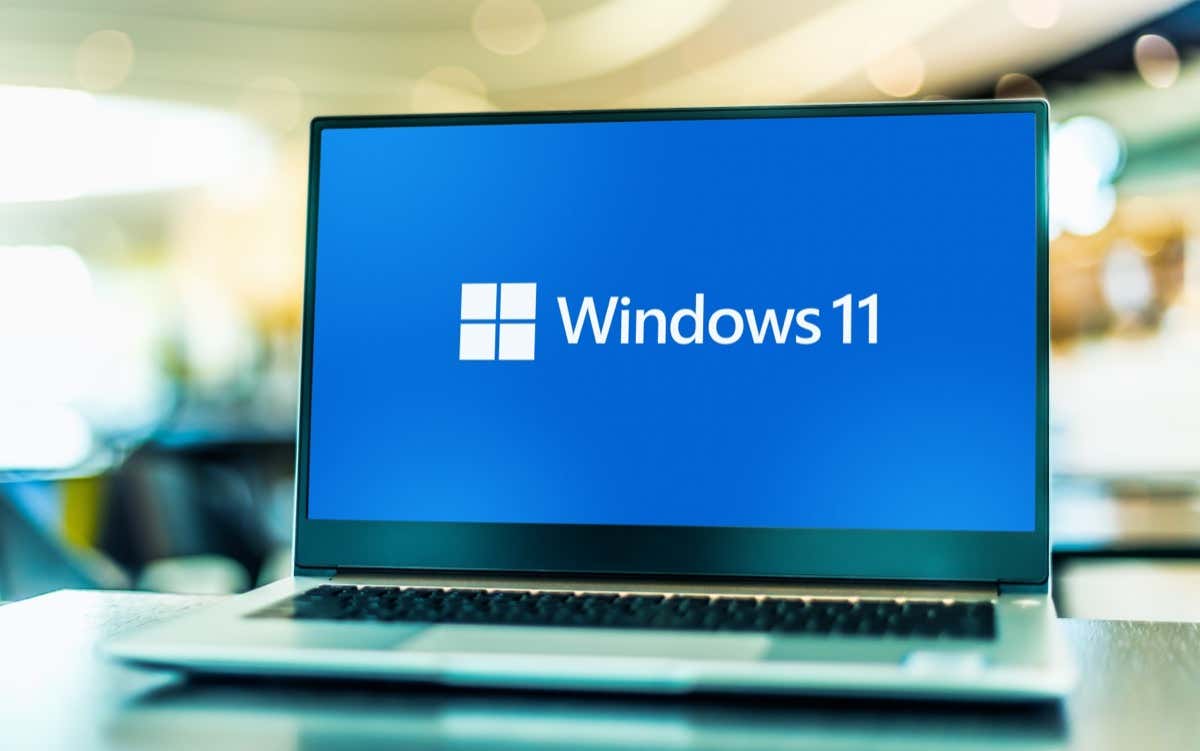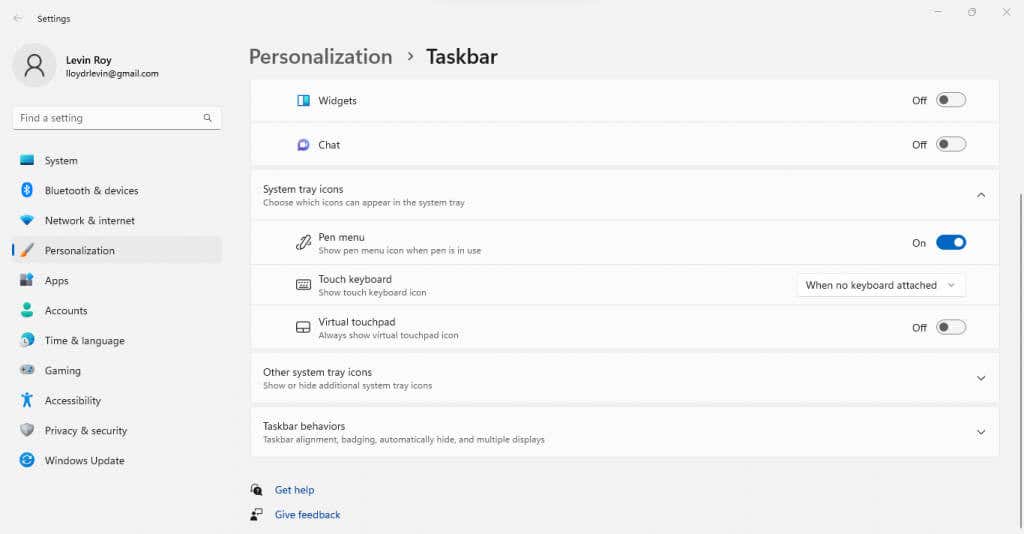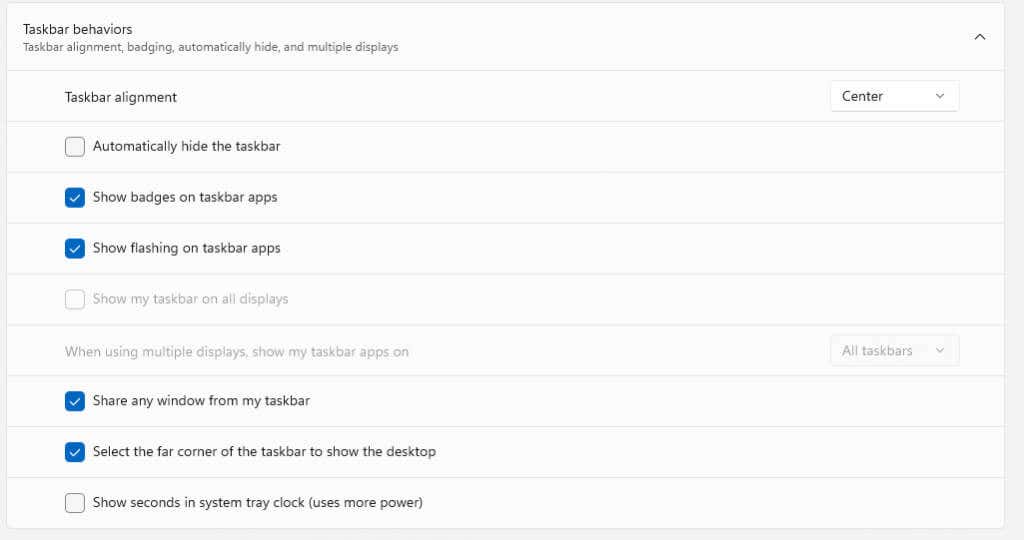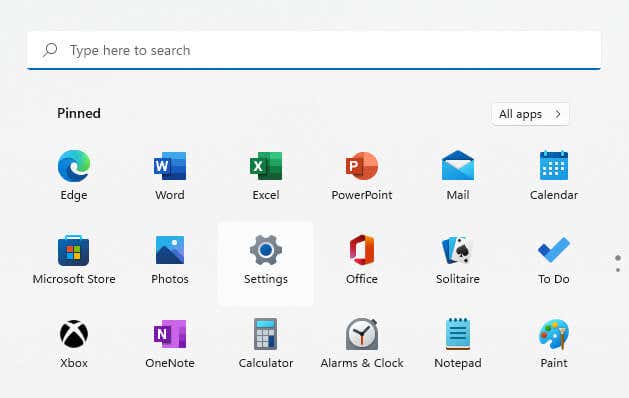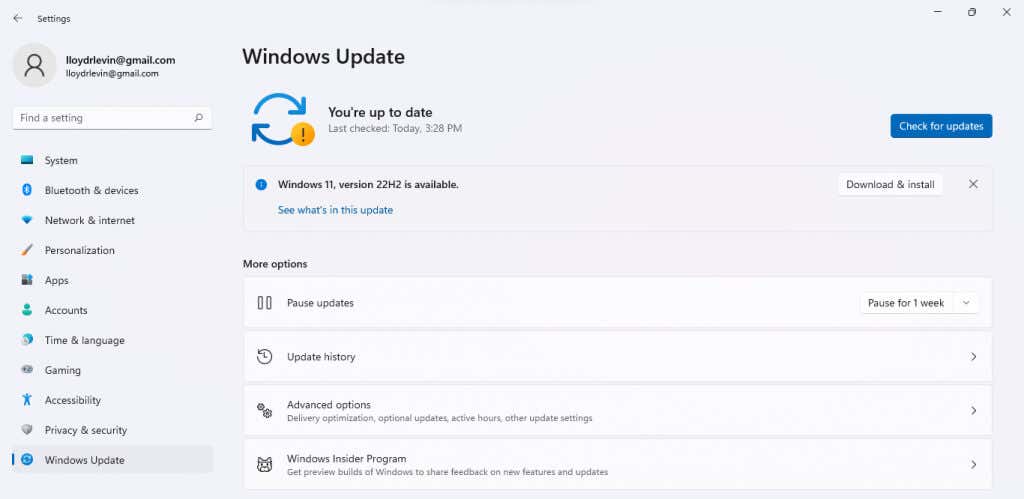Displaying seconds on the system clock was a difficult task in Windows 10, requiring workarounds and hacks. But Windows 11 has finally implemented it as a proper feature. Let’s see how to get it running.
This is not a feature included in Windows 11 by default, however. It was added in the Moment 3 update that landed in May 2023. So if your PC isn’t up to date, you will need to install the latest Windows 11 updates before you can show seconds on the system tray clock.
Method to Show Seconds in the System Tray Clock of Windows 11
If your Windows 11 PC is already updated, you can proceed straight to the steps for activating this feature. No registry editing or complicated setup is required – you just have to enable the option from Taskbar Settings.
- To show seconds in your taskbar’s system tray clock, we must first access the taskbar settings. For this, right-click on the taskbar and select Taskbar settings.
- This opens up the relevant section of the Settings app. Scroll down to the very bottom and select the last option on the list: Taskbar behaviors.
- The section will expand to display a bunch of different settings. Once again the one we want is at the bottom of the list: Show seconds in system tray clock (uses more power).
- Instantly, your system clock will change to display the seconds too.

And that’s all it takes in Windows 11. Keep in mind that as the option itself says, this will take up more power, so it might be worth keeping this disabled if you are using a laptop running on battery power.
What Should I Do If the Option Does Not Show Up in Settings?
Windows 11 PCs without the Moment 3 update lack the option to show seconds on the system clock. To get it working on your system, you just have to install the update.
- Open the Start menu and then click on the gear icon that represents Settings.
- Switch to the Windows Update tab from the left, and use the Check for updates button to display all available updates. Once you see an update listed below, select Download & install to proceed.
- The update will now be downloaded and installed on your computer.

After this, you should restart your PC and just follow the steps outlined in the previous section to show seconds on the system tray clock. In case the update does not show up, try our troubleshooting guide.
How Do You Show Seconds in Windows 10?
Technically, Windows 10 does not have the feature to show seconds in the system tray clock. While users have requested this feature for a long while, it took the Moment 3 upgrade to add it to Windows 11.
So in a way, the customizability of the system clock is another of the features you can only get by upgrading to Windows 11. But that doesn’t mean it was impossible.
Like most aspects of Windows, this could be modified as well by editing the relevant Registry entry. Of course, messing around with the Registry could lead to issues, which is why the method was only used by experienced users.
What Is the Best Way to Show Seconds on the Clock in Windows 11?
With the Moment 3 update, the option to show seconds on the system tray clock has been added to the settings. This makes it very easy to configure the default clock, instead of relying on third-party apps or registry editing to achieve the same.
You just have to update your Windows 11 PC (if it isn’t already up-to-date) and then navigate to the Taskbar Settings. You will find the option to enable seconds on the system clock there.
Do note that this tends to eat up the battery much faster due to the increased update rate, meaning that laptop users should probably avoid this setting.
